
Managing your silage contractor
more farmers and AD growers are contracting out the harvesting operations. The benefits are easy to see, someone else has to worry about all that expensive kit and find the drivers, plus you should benefit from a more timely operation. There are always two sides to every coin….. how do you get what you want from your silage contractor
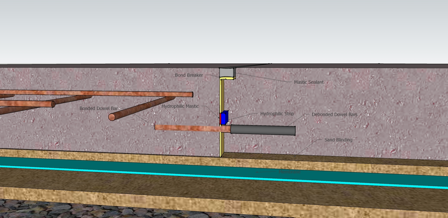
Silage clamp concrete floor joints
As with all good design, there are few golden rules you need to follow, and in the case of silage clamps, perhaps unsurprisingly, there are some regulations….

Disc Mower or Mower Conditioner?
Most manufacturers offer the option of adding a conditioner to a plain disc mower, but these add weight to the tractor and the price tag - so what are the advantages of conditioners over straight mowers?
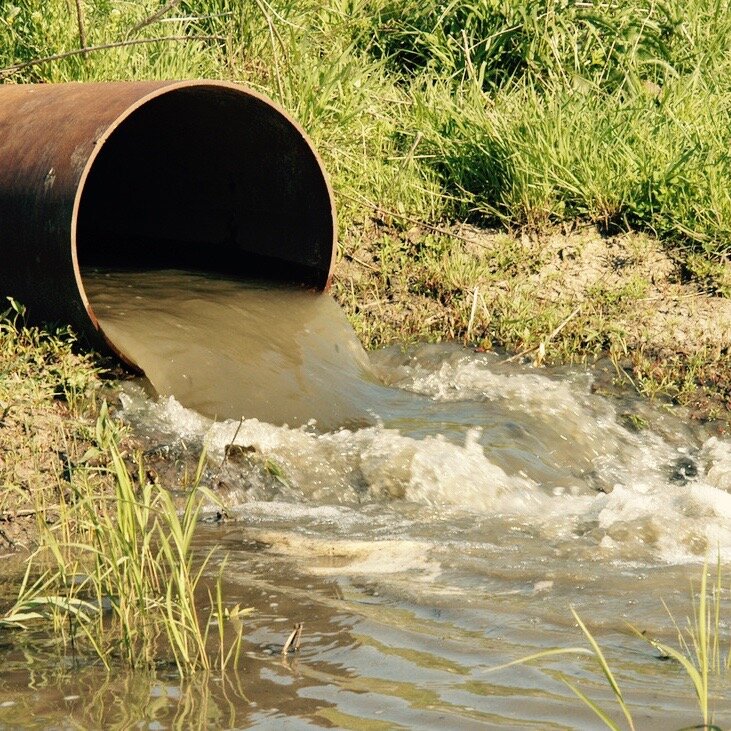
The Value of Silage Effluent
To most farmers silage effluent is … an unwelcome by product of the silage making process that can land you in a heap of trouble with your partner, your neighbours and the law in short order

Footpaths and Silage
Managing footpaths and rights of ways across your silage ground during the extreme conditions of spring 2020 has been a challenge to all but the most remote of farmers.
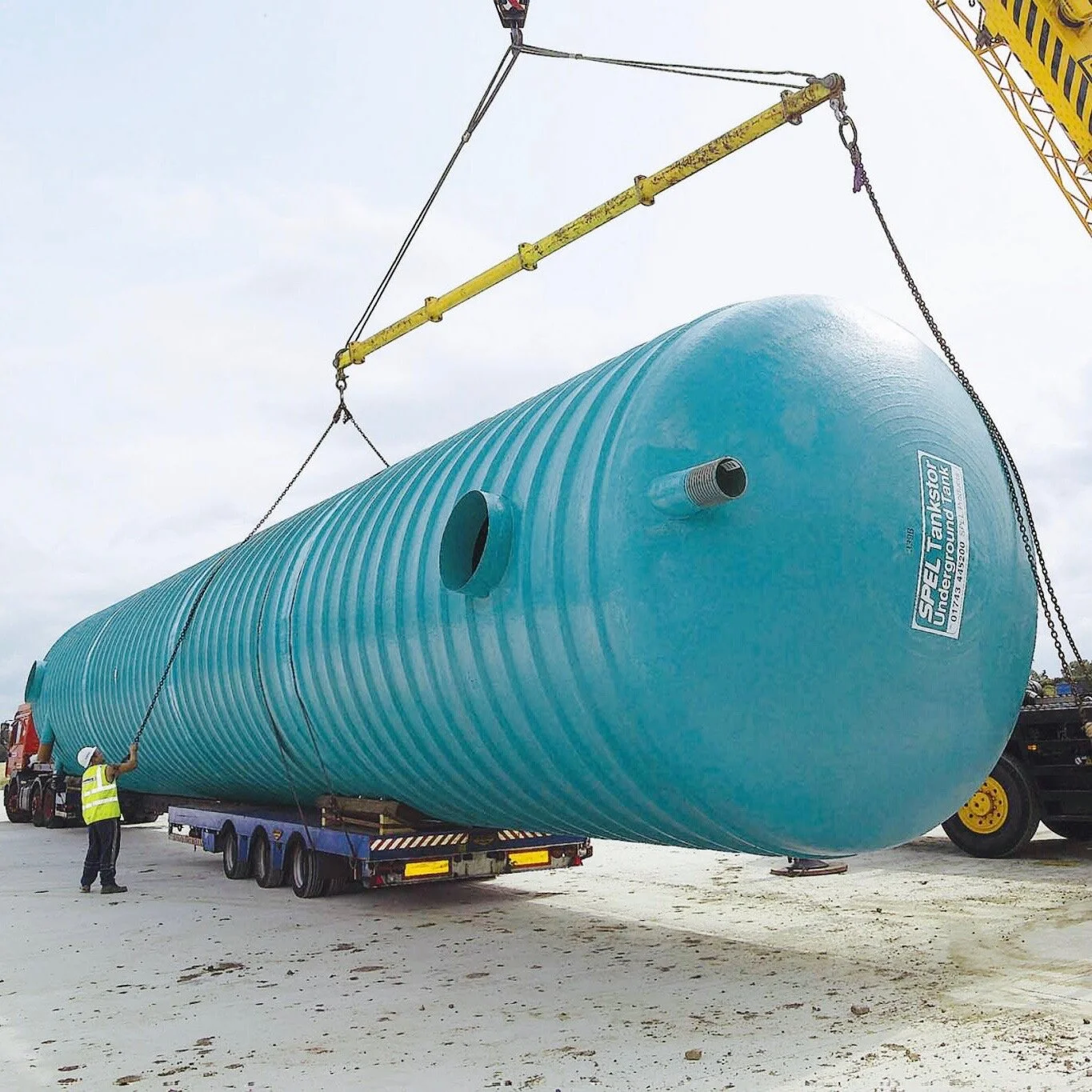
Effluent Tanks - what you need to know
– what do the silage effluent regulations mean? These rules give you the tools to calculate the size of tank you need and how it must be built. So let’s start with what size of tank…
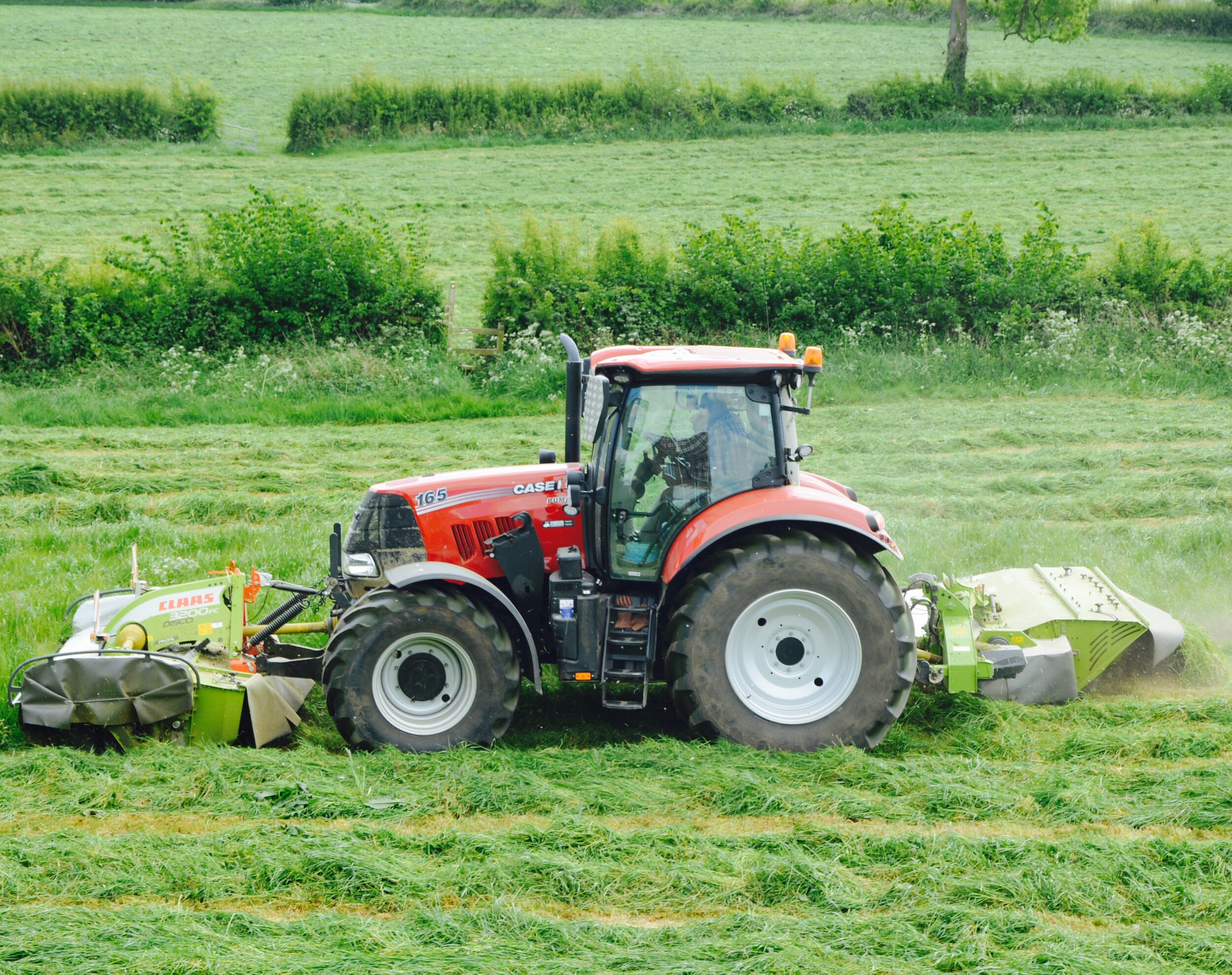
How fast can you mow?
From the 135 with a finger bar mower cutting at a snails pace to a Big M chasing down Lewis Hamilton, mowing speeds have increased…..

Are silage additives worth the money?
Additives are expensive, somewhere close to £1 million per tonne, but the manufacturers and suppliers make some very bold claims for enhanced performance by using silage additives…..

Planning the maize harvest
So why would you be thinking about planning the harvest – surely that waits until the nights draw in and the crop is turning brown? Well it’s never too early to starting making a plan…..

Rake or Merger?
The solution in the UK has always been a rake, from one to six rotors gathering over 60’ (for the biggest rakes) of crop into a single swath. Or that’s what we thought for years, but now there is another way. Mergers…..
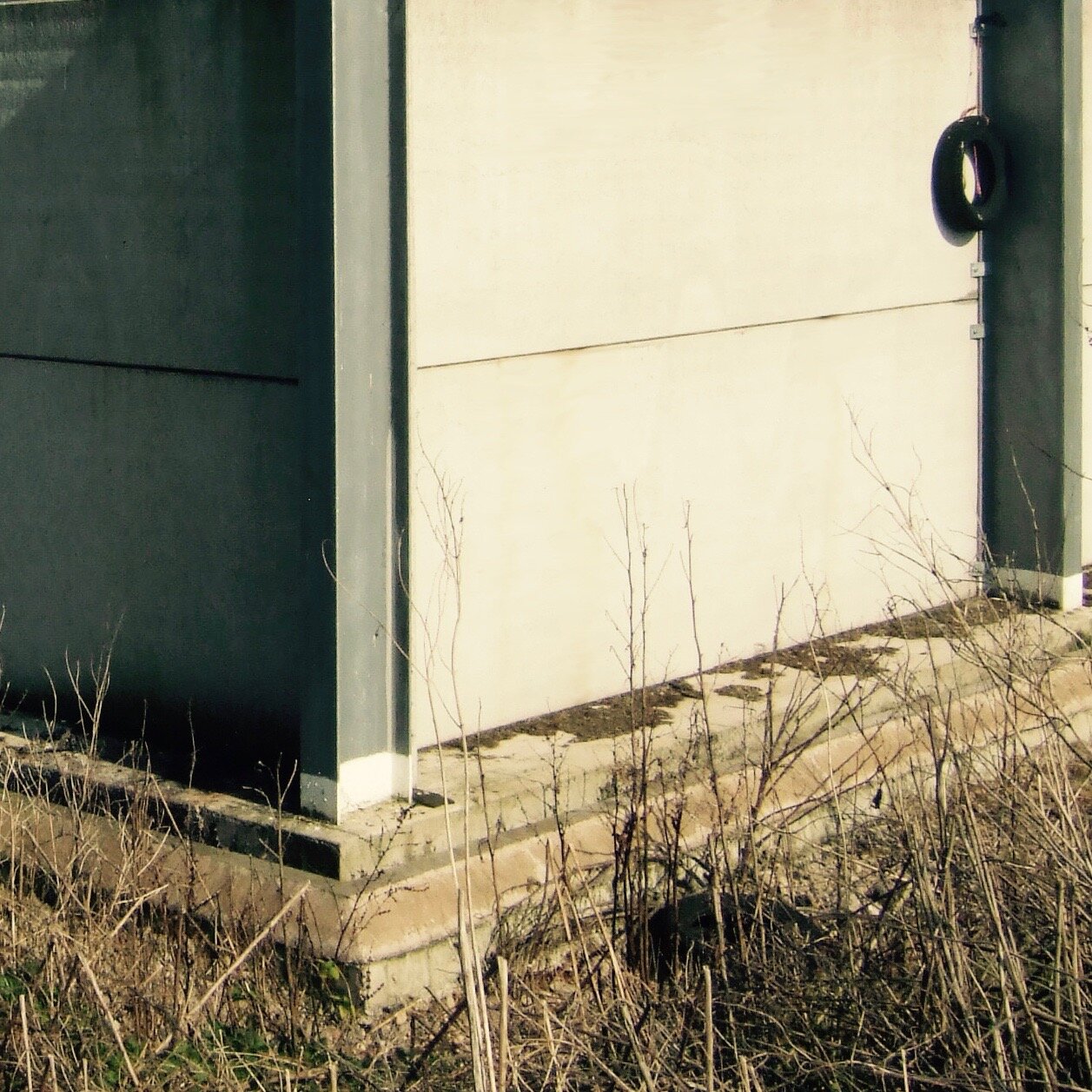
Silage Clamp Drains
The current SSAFO regulations in the UK state that the clamp must have a catchment or containment drain around the outside of the walls….

Silage Clamp Consolidation
As forager output increases, ensuring good clamp consolidation using just the tyres of a tractor or shovel is getting more difficult. So…
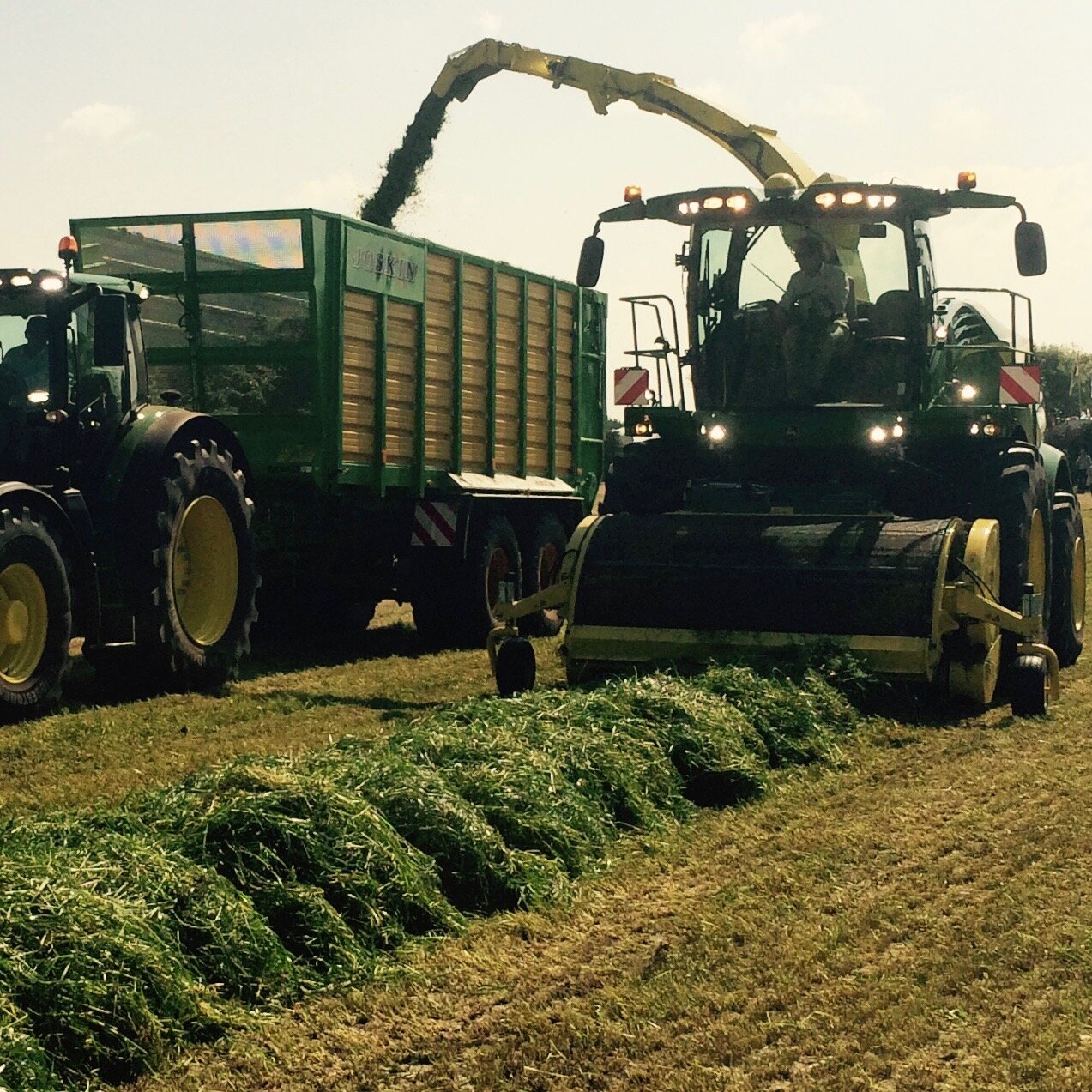
Getting Silage Dry Matter Right
..for every ten trailer loads at the clamp, eight of them are just water and only two have any silage in them! – or do they?

Setting Silage Cutting Height
So the instructions might tell you exactly how to adjust the height of cut of a machine, but not the height it should be cutting. This begs the obvious question…….What is the correct height of cut for silage?

Pre-harvest Silage Clamp Health Checks
Some consider a pre harvest clamp check as nothing more than shifting stuff out of the way, turning it from machinery park to silage clamp in one afternoon. But there is quite a bit more to think about.
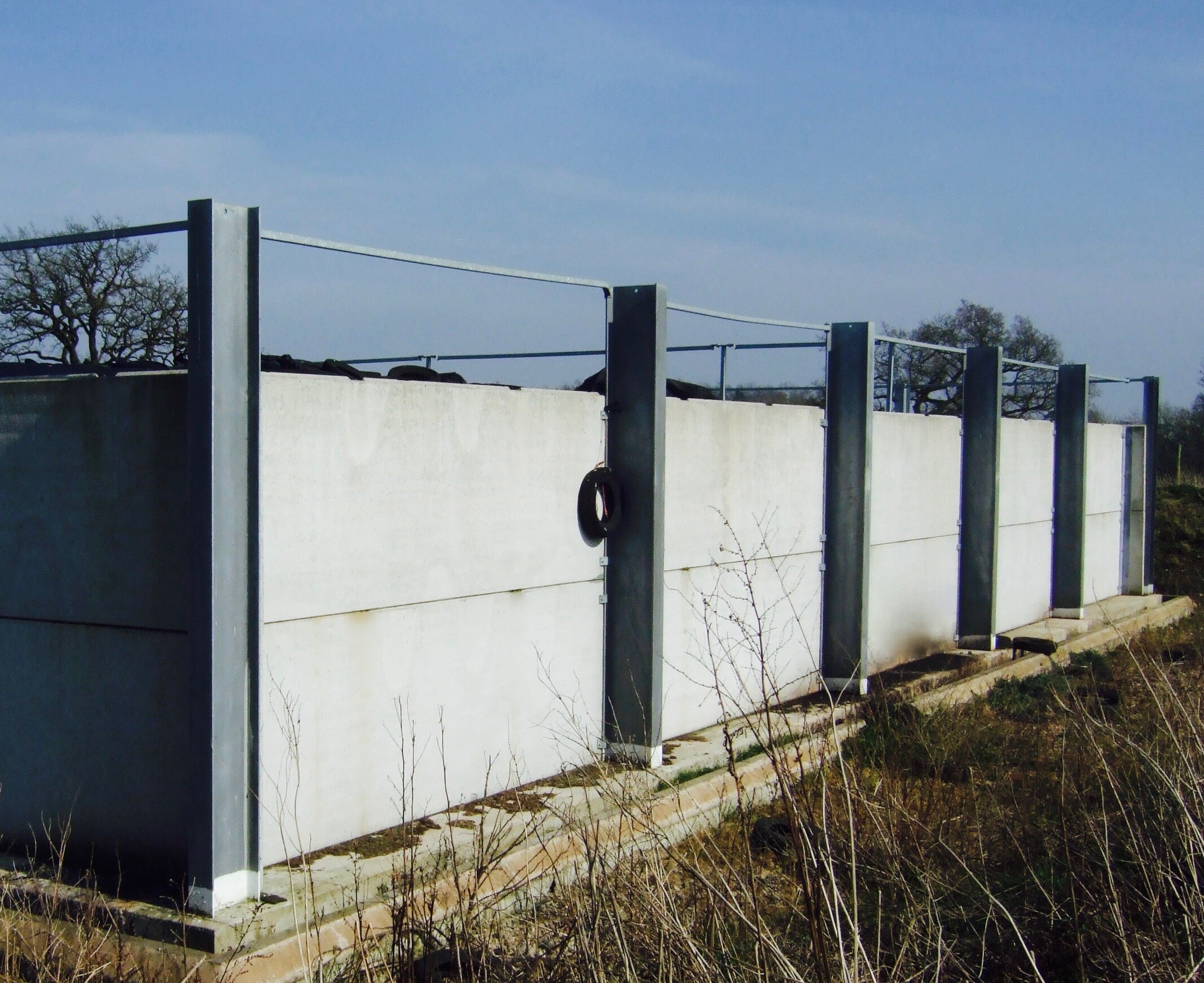
Are Back Walls Necessary?
So what are the implications of having access to both ends of the clamp; we don’t have to build a wall at the end so it must be cheaper right?

The Effect of Silage Chop Length
The length of chop has a huge impact on the quality of the silage you make. There are many benefits from chopping the material but that forager is a costly animal that has a mighty appetite for fuel – so what are we trying to achieve?

The Power is Wilting
The more time the crop sits on the ground, the lower the sugar levels will be once it hits the clamp (due to respiration) so the length of wilt has to be a balancing act.
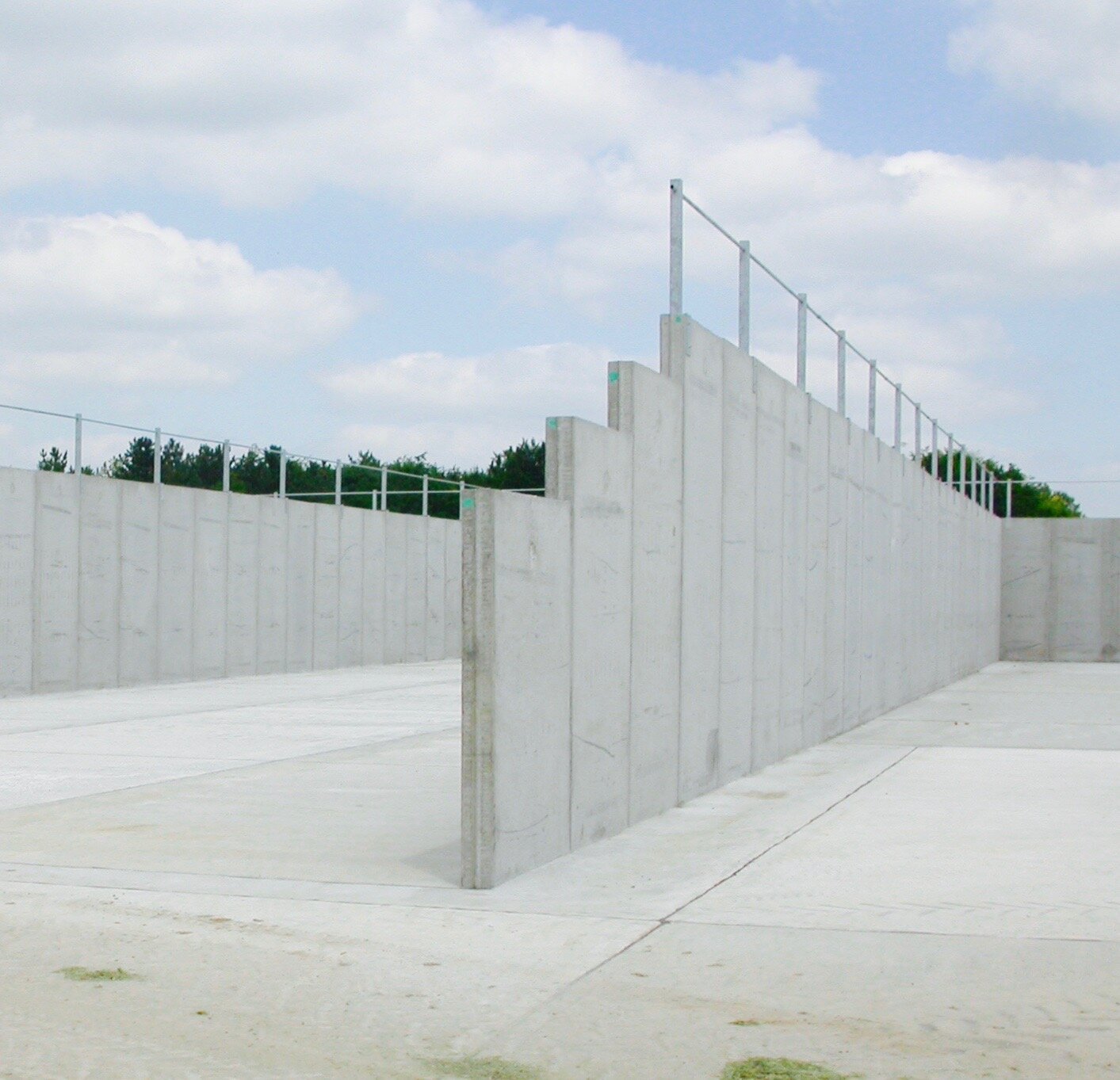
Silage Clamp Walls - How High?
This is a complex question to answer, it depends on lots of factors, not least how much space you have. That might sound like a blindingly obvious statement and no space is actually “free” space as there is always an alternative use or cost involved. So what do we need to consider?